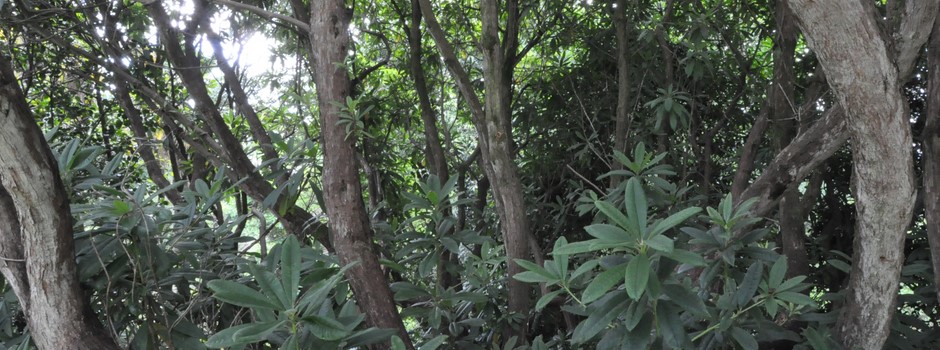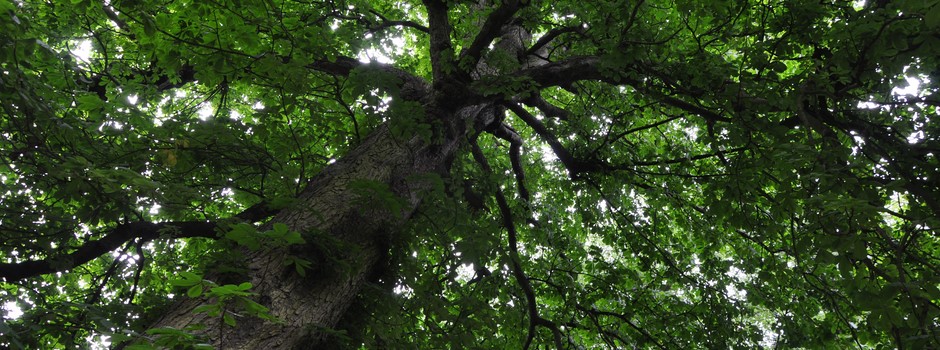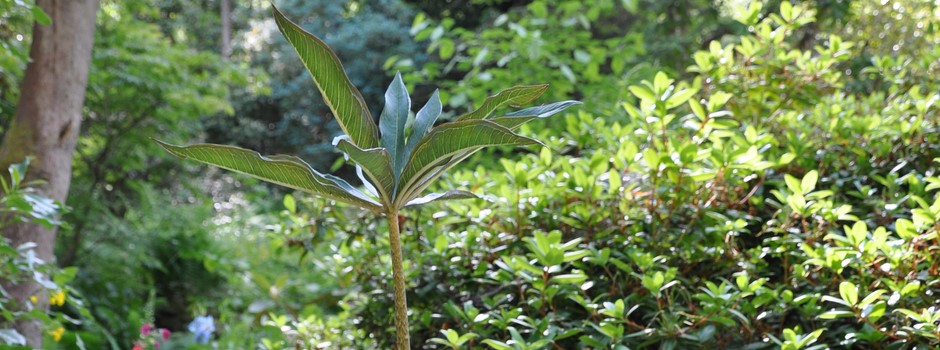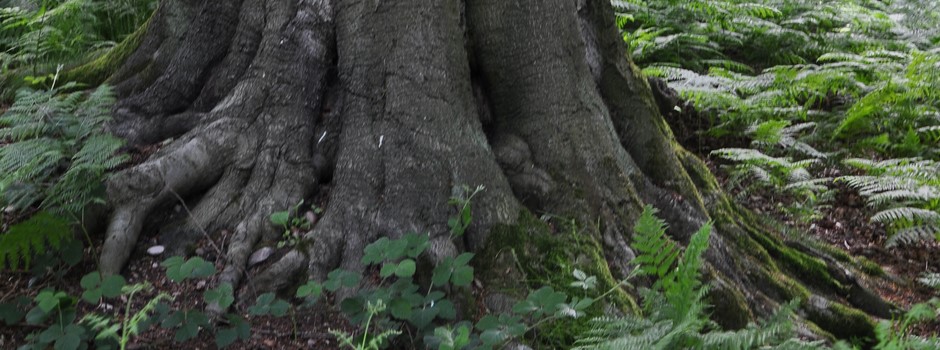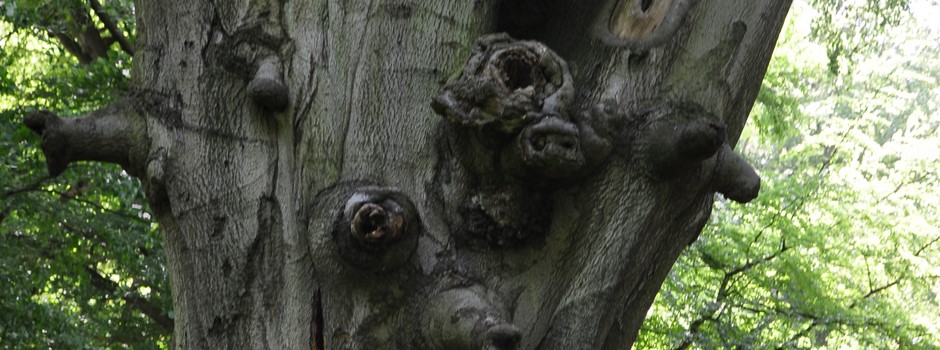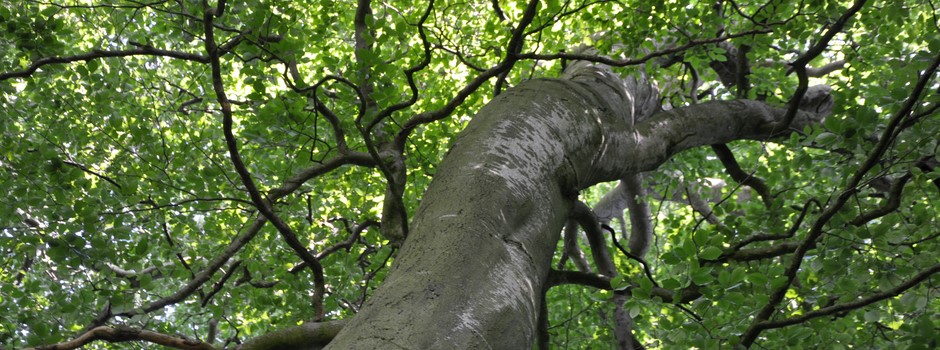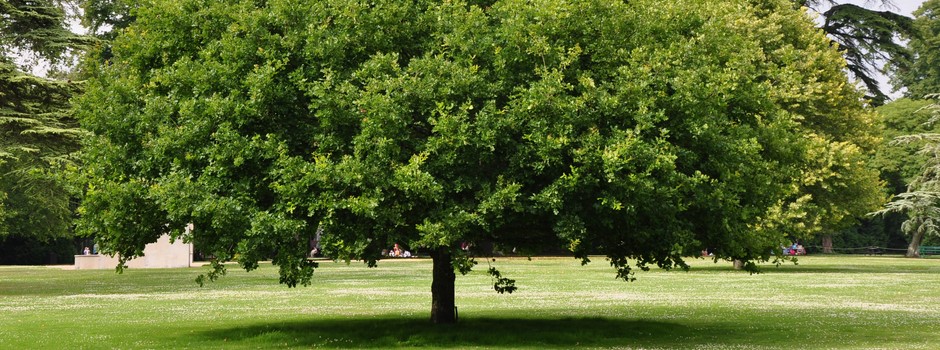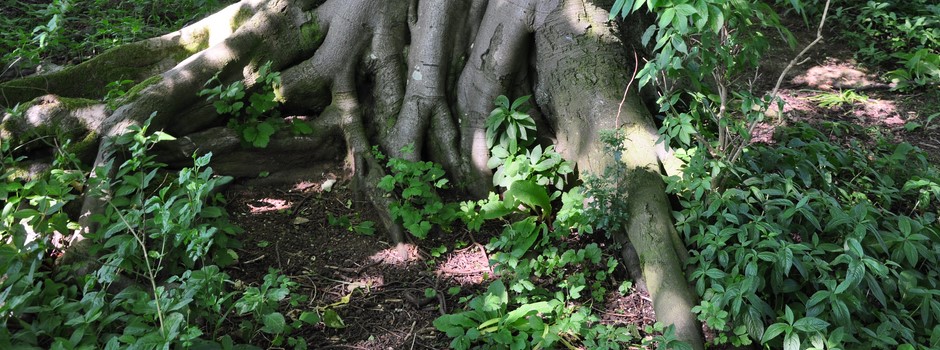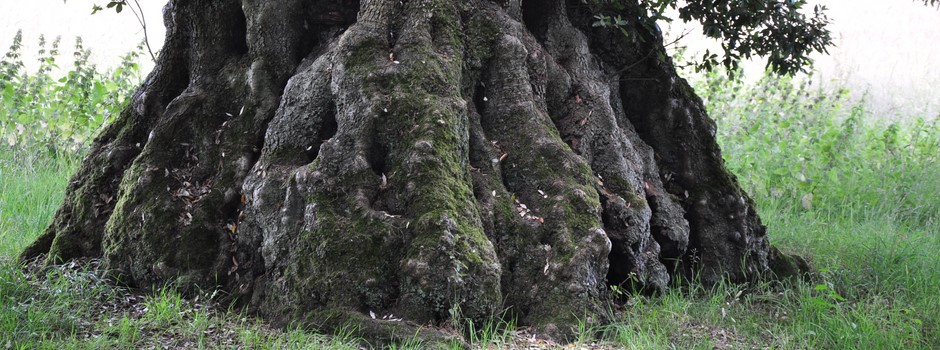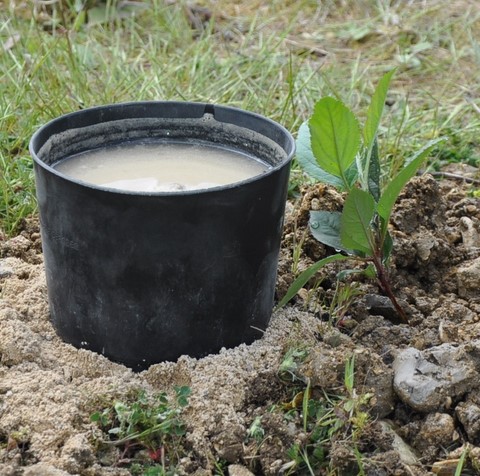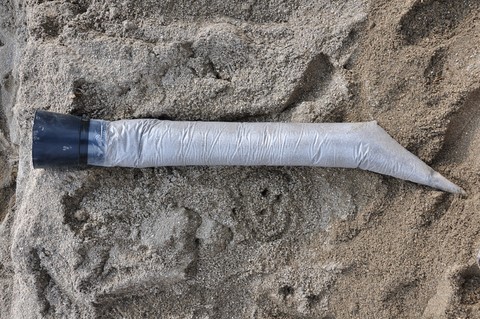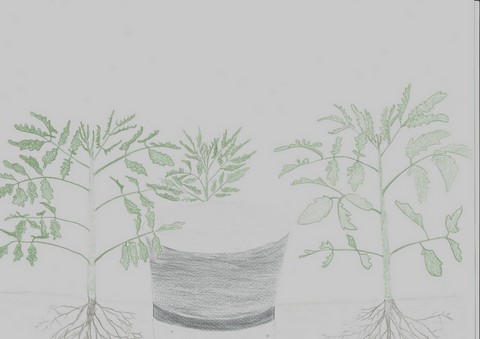The Irrigasc method:
Deep roots are life insurance for tree
Avantages
Growing and producing
The watering shaft stimulates growth of roots and vegetative growth too.
With this method, plants are sturdier, produce faster and are more resistant.
This watering system allows roots growing in continue, even in bad season (tropical climate).
Some numbers1 :
Mango tree : grow two times faster and production often doubled in comparison with a traditional irrigation
Manioc : productivity of 15 t/ha (2500 plants/ha) with a total consumption of water of 320 m3 faced a production of 3 t/ha in traditional culture using ten time more water.
Market gardening : 600 shafts on 0.3 ha produce as much a seasonal culture on 4 ha, without count savings water and time.
Stress resistance
Plants are more resistant, because roots are protected from unfavorable environmental factors in deep soil.
Roots fetch water in depth.
This watering shaft promotes stock in roots and so plant is very less sensitive face to dryness.
Maintenance of a low salt level, even using salt water.
Time saving
We save time in watering.
This system allows a time reduction for weeding, because weeds are not watered.
Water and fertilizers saving
Save 90% of water and fertilizers
The watering shaft increase the efficiency of watering by ten leading water directly to roots and in depth, and limits evapotranspiration.
Same results are observed with fertilizers and chemicals: a efficient and money savings.
Some numbers1 :
Eucalyptus : 10 time less water: 2l/week faced to 20l/week. In arid climate (220mm/year), trees (3 years) measure more 11 m high and have a diameter of 15 cm (minimum).
Plantation of citrus fruits : 23 time less water : plantation of 100 trees/ha with this technic need 27,5 m3 instead of 650 m3 in traditional irrigation.
System simplicity
Simple and fast installing irrigation system because we need only light equipment.
Sustainable project
This watering project preserves water and fertilizers resources and increase farmers income.
1Tropicultura, 2006, 24, 2, 120-123
Working
This watering shaft carries water and nutrients in-depth, directly to roots.
Fertilizer and chemicals are poured into the tank and are mixed with watering in order to be absorbed by roots.
Roots follow the shaft and go vertically in soil rather that horizontally. The roots grow rapidly to moist deep level absorbing water and nutrients along the shaft.
A tree usually becomes autonomous between 18 to 36 months. Deep roots are protected against dryness and extreme temperature. The roots net is increased and allowes to the tree to exploite a soil bigger volume and to fetch some minerals farther.The watering shaft promotes stock in roots
The watering shaft stimulates growth of roots bringing minerals and water to the plant. So tree grows and produces faster.
The watering shaft leads roots to deep soil where temperature is constant and so allows roots growing continue, even in bad season.
The plants are more resistant, especially faced with dryness or climate changes, because roots are protected from unfavorable environmental factors in deep soil.
Technical informations
This technic is called technic of irrigation by vertical half-permeable shaft.
This half-permeable shaft is a mantle, a kind of sock in polyetylen vertically placed in soil next to a plant.
The shaft is built in two parts: a tank (1 liter of capacity) and a mantle, which measures 9 cm of diameter, with thin walls opening of several holes in one side (tree planting) or in all sides (market gardening).A shaft weighes about 60g.
There are 2 kinds of shafts :
The shaft for tree of 0,9 m length
The shaft for market gardenning of 0,45 m lenght
It is possible to shorten to required length.
The mantle is in polyetylene by splitting during years depending on conditions of soil.
The tank (HDPE) can be reused with an another mantle.
Plant a tree with a irrigation shaft
This irrigation system is well appropriate for tree planting as fruits, wood or intensive (with watering) reforestation particulary on permeable soils (sand, etc...) under tropial climate with a strong seasonal dryness (a better efficiency), mediterranean, temperate or continental climate.
Market gardenning
This technique can be use to market gardening.
In this case the watering shaft is shorter.
It measures about 50 centimeters and have the same tank.
Watering perforations are placed in 360° around sock (transparent part under the soil) to watering all side.
Gardening plants are placed each 120° around the tank, distant from 8-10 cm from the tank.
Plants disposition and shaft density depend of kind of crops.
Culturals need must be respected for each crops to ensure a successful harvest.
The watering shaft allows water and fertilizers saving, particularly in tropic country.
Practical for tomatoes :
We plant three tomatos plants for each shaft (see technical informations), so we need only one liter for 3 plants! Moreover we are sure water go in soil and does't evaporate.
Furthermore it's easy to put fertilizers in and adds water. So we can reduce fertilizers amount.
Finally plants are spaced. We minimize shadding effect by using this system.
So we save money and time !
Crop rotation with irrigation shaft
It is very important to apply the crop rotation and to feed the soil with compost because the shaft is fixed and can't be moved easily.
History
This watering system has been thought by Jacques Gasc in Senegal (Dakar).
With this system, he was a success of more 90% for trees plantation (mango tree and cashew tree) planting in Sahel.
In Senegal where several hundred thousands of trees have been planted with Irrigasc system, plants grow and produce faster as plantation with superficial watering.
A smart and durable system
Currently a lot of water, fertilizers and chemicals are wasted in intensive market gardening.
The water is evaporated without be used by crops and fertilizers pollute environment.
Moreover roots are grown on the surface with automatic and intensive watering and are more sensitive to climatic changes.
This watering shaft takes care plants roots, fortifies them and guides tem in depth. Water and fertilizers are saved since it is watered directly in the tank.
Ask for any questions !
Contact us to have more informations
Degradation of the irrigation shaft
The degradation of shaft in PE (Polyetylen) has been reported in several studies.
CompoVerde doesn't consider it as biodegradable.
For the long term, the PE is divided in small parts which will be degraded slowly by certain microorganisms in soil. It depends on chemical conditions of soil.
Concretely when a shaft is put in soil, the junction between the tank and the shaft will be splitted up on the ground in three years.
The shaft in PE is harmless for the soil in long term, because the matter is just carbon and hydrogen.
The tank is in PEHD, more solid matter and can be used again for new planting with new ordered shafts.
